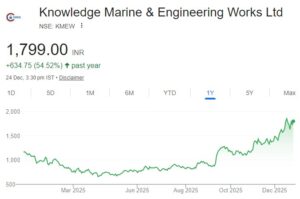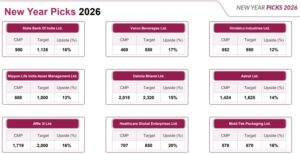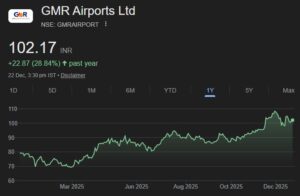Shankar Sharma, in his article in the Financial Chronicle (It’s not tough to navigate a market, use common sense) takes a leaf from Peter Lynch‘s famous book “One Up On Wall Street” to argue why average-Raju investors like you and me are better off that the suit-boot money managers.
Shankar Sharma points out that money managers are not driven by common-sense investment techniques but are instead obsessed with “asset gathering“. He argues that money managers want their hands on more and more funds and that is why they disregard common sense about investing and its cycles and sell their funds at wrong points of a market cycle, merely because there is a demand for that. This is why fund managers invested large sums of money in tech funds at the peak of the tech bubble in 2000, and in infrastructure and commodity funds at the peak of these cycles in the past, he explains.

Shankar Sharma reiterates, like Peter Lynch did, that ordinary retail investors do not (should not) suffer from such biases and so have a unique edge over the big guys. Unlike fund managers, who have no choice but to invest in the flavour of the day, the ordinary investor has no such compulsion and can come in and get out of the market using his common sense as a guide.
Shankar Sharma has a very practical answer for why the markets are presently in the doldrums. He argues that the present under-performance in the stock markets is because of the extreme out-performance in the immediate past. He points out that while for 11 years till 2003, the stock market languished, between 2003 to 2008, the stock market compounded at a phenomenal 55 per cent. He also gives the analogy of a “lake full of water” and says that with the phenomenal 55 per cent CAGR, the “lake of returns” was depleted.
Interestingly, Shankar Sharma now says that the “lake of returns” has now become empty, thereby suggesting that the markets were preparing for an upmove.
Shankar Sharma made it very clear that:
“… we are probably due for a big move up in the market after about six months. Which means the time to start getting your toes wet is around now. Whenever you have a set of bad days in the market, it’s time to start putting money to work. The rate cycle has already peaked pretty much. So that is a big positive“.
Shankar Sharma also said that he was feeling “more optimistic” about the market now. He had, even on an earlier occassion, given out the “Buy Stocks Now” call (see Shankar Sharma Says Buy Stocks Now).
Shankar Sharma did not give any “Best-Buy” stock recommenadations though he did drop a strong hint that “Rate-sensitive sectors such as autos will do well, and so will banks“.
In the past, he has been bullish about Bajaj Auto and Tata Motors (see Shankar Sharma’s stock picks with “Terrific Value” and Shankar Sharma’s portfolio picks & investing strategy for 2011).
In sending out the “Buy Stocks Now” call, Shankar Sharma joins the hallowed ranks on Rakesh Jhunjhwala (see Rakesh Jhunjhunwala Says Buy Stocks Now!) and Raamdeo Agarwal (see Raamdeo Agrawal Says Now Is The Time To Buy Stocks). Even Warren Buffett endorsed the same timeless advice when he gently remined investors to buy more when the prices are low (see Warren Buffett Buys More Stocks At Low Prices!)
Shankar Sharma had an unusual word of caution to offer investors. He said that investors should follow the “cardinal rule” that not more than 30 per cent of the investible networth should be in equities especially because fixed deposits were yielding returns in excess of 10%. He said that investors should not be worried about “return on investment” but should instead focus on “return of investment“. He said that if investors kept this rule in mind, they could easily “beat the pros“.
Buy Stocks Now For Rich Returns In 6 Months
[download id=””]






Return of investment will always be more important than return on investment. Sooner the investors understand this fact, better their future returns would be.